Home>Articles>Youtube How To Cook Frozen Salmon In An Electric Pressure Cooker
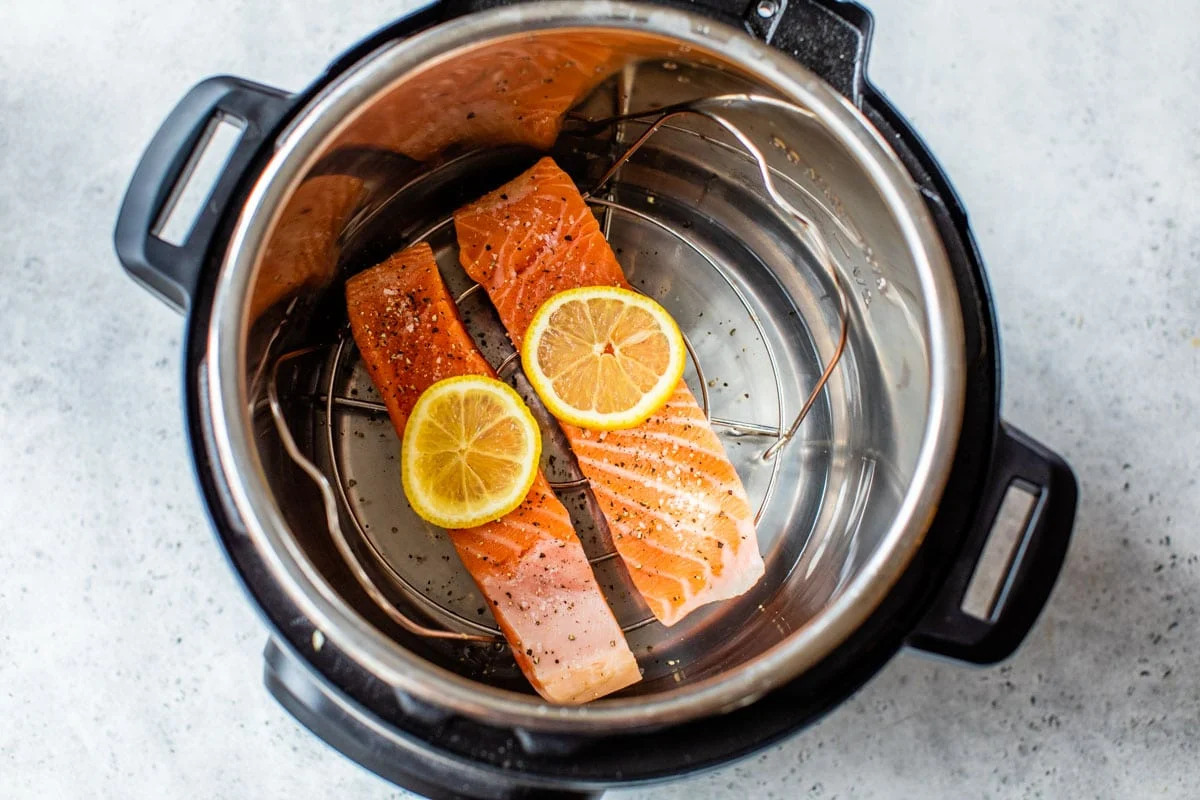

Articles
Youtube How To Cook Frozen Salmon In An Electric Pressure Cooker
Modified: August 27, 2024
Learn how to cook frozen salmon in an electric pressure cooker with this informative article. Discover step-by-step instructions and tips for perfectly cooked salmon every time.
(Many of the links in this article redirect to a specific reviewed product. Your purchase of these products through affiliate links helps to generate commission for Storables.com, at no extra cost. Learn more)
Introduction
Salmon is a popular and nutritious seafood choice, known for its rich flavor and high omega-3 fatty acid content. However, thawing frozen salmon can be time-consuming, and traditional cooking methods can take a while to achieve the desired results. This is where an electric pressure cooker comes in handy. With its ability to cook food quickly and efficiently, an electric pressure cooker is a game-changer when it comes to cooking frozen salmon.
In this article, we will explore the benefits of using an electric pressure cooker to cook frozen salmon and provide you with a step-by-step guide on how to do it. Whether you’re a busy parent trying to whip up a quick and healthy dinner or a salmon lover looking for a hassle-free cooking method, using an electric pressure cooker will revolutionize the way you cook frozen salmon.
So, let’s dive in and discover the wonderful world of cooking frozen salmon in an electric pressure cooker!
Key Takeaways:
- Cooking frozen salmon in an electric pressure cooker offers time savings, nutrient retention, and tender, moist results. Follow the step-by-step guide to achieve perfectly cooked salmon every time, revolutionizing your cooking experience.
- Prioritize safety, experiment with seasonings, and explore serving suggestions to elevate your culinary experience. With the right techniques, you can confidently cook frozen salmon in an electric pressure cooker and impress your family and friends with delicious results.
Benefits of Using an Electric Pressure Cooker to Cook Frozen Salmon
Cooking frozen salmon in an electric pressure cooker offers several advantages that make it a preferred method for many home cooks. Here are some of the key benefits:
- Time Savings: One of the biggest advantages of using an electric pressure cooker is the time it saves. Traditional cooking methods, like thawing the salmon or baking it in the oven, can take a significant amount of time. However, with an electric pressure cooker, you can cook frozen salmon in a fraction of the time, saving you valuable minutes in the kitchen.
- Retains Nutrients: Cooking salmon in an electric pressure cooker helps retain more of its nutrients compared to other cooking methods. The short cooking time and sealed environment prevent loss of vitamins, minerals, and omega-3 fatty acids, preserving the nutritional value of the salmon.
- Tender and Moist Results: The high-pressure environment of the electric pressure cooker allows the salmon to cook evenly and retain its moisture. This results in tender, juicy salmon that melts in your mouth, unlike methods that can sometimes leave you with dry and overcooked fish.
- Hands-Off Cooking: Once you set up the electric pressure cooker, it does most of the work for you. There’s no need to constantly monitor or stir the salmon, as the pressure cooker maintains a consistent cooking temperature. This hands-off approach frees up your time to attend to other tasks or simply relax while your salmon cooks to perfection.
- Versatile Cooking Options: Electric pressure cookers often come with various cooking functions, allowing you to experiment with different cooking methods for your frozen salmon. Whether you prefer steaming, sautéing, or slow cooking, the electric pressure cooker offers versatility to suit your taste and preferences.
These benefits make an electric pressure cooker an excellent investment for anyone looking to cook frozen salmon quickly, efficiently, and with amazing results. Now that we’ve explored the advantages let’s move on to how to prepare and cook your frozen salmon in an electric pressure cooker.
Preparing the Frozen Salmon for Cooking
Before you start cooking frozen salmon in an electric pressure cooker, it’s important to properly prepare the fish. Here are the steps to follow:
- Thaw (Optional): If you have time and prefer to thaw your salmon before cooking, you can do so by placing it in the refrigerator overnight. Thawing the salmon will help it cook more evenly. However, if you’re short on time or prefer to cook the salmon from frozen, you can skip this step.
- Rinse and Pat Dry: Whether you thawed the salmon or are cooking it from frozen, it’s essential to rinse it under cool water to remove any ice crystals or debris. After rinsing, gently pat the salmon dry with paper towels. This step helps remove excess moisture, ensuring better browning and texture during cooking.
- Seasoning: Next, season the salmon according to your preferences. You can keep it simple with salt, pepper, and a squeeze of lemon juice, or get creative with herbs, spices, or marinades. The flavor options are endless, so feel free to experiment and find your favorite seasoning combination.
- Cut into Portions (Optional): If your salmon is in one large piece, you may consider cutting it into individual portions for easier serving. However, if you prefer to keep it whole, that works too.
- Let Rest: Allow the seasoned salmon to rest for a few minutes to let the flavors penetrate the flesh before cooking.
Once you’ve prepared the frozen salmon, it’s time to set up your electric pressure cooker for cooking. Let’s move on to the next section to learn how to do that.
Setting up the Electric Pressure Cooker
Before you begin cooking frozen salmon in an electric pressure cooker, it’s essential to properly set up the cooker. Here’s what you need to do:
- Add Liquid: Most electric pressure cookers require a minimum amount of liquid to create the necessary steam and build pressure. Check the instruction manual for your specific cooker to determine the minimum liquid requirement. Common choices include water, broth, wine, or citrus juice.
- Preheat: Some electric pressure cookers have a preheat function, which helps ensure consistent cooking results. If your cooker has this option, preheat it according to the manufacturer’s instructions before adding the salmon.
- Insert the Trivet or Steamer Basket: To prevent the salmon from sitting in direct contact with the liquid and potentially getting soggy, place a trivet or steamer basket inside the pressure cooker. This elevates the salmon and allows the steam to circulate evenly around it.
- Arrange the Salmon: Carefully place the seasoned salmon on the trivet or in the steamer basket. If you cut the salmon into portions, arrange them in a single layer, making sure they’re not overcrowded. This ensures even cooking and helps prevent pieces from sticking together.
- Secure the Lid: Close and lock the lid of the electric pressure cooker. Ensure it’s properly sealed to prevent steam from escaping during cooking.
With the electric pressure cooker set up and the salmon in place, it’s time to move on to the next crucial step: cooking the frozen salmon. Let’s explore the cooking process in the upcoming section.
Cooking the Frozen Salmon in an Electric Pressure Cooker
Now that you have your electric pressure cooker set up with the salmon inside, it’s time to start the cooking process. Follow these steps to cook your frozen salmon to perfection:
- Select the Cooking Mode: Depending on your electric pressure cooker, choose the appropriate cooking mode for your frozen salmon. Common options include “Pressure Cook” or “Manual” mode. Refer to the instruction manual for your specific cooker to determine the recommended settings.
- Set the Cooking Time: Adjust the cooking time according to the thickness and size of the frozen salmon. As a general guideline, cook the salmon for about 6-8 minutes per inch of thickness. For example, if your salmon is 1 inch thick, set the cooking time to 6 minutes.
- Start Cooking: Once you’ve set the cooking mode and time, start the cooking process. The electric pressure cooker will take some time to build pressure before the actual cooking begins.
- Cook Under Pressure: Once the pressure is reached, the cooker will start cooking the salmon. The cooking time will begin to countdown. During this process, the pressure inside the cooker will keep the salmon moist and tender.
- Natural Release or Quick Release: After the cooking time elapses, you have two options to release the pressure. For a natural release, let the pressure release on its own, which can take about 10-15 minutes. For a quick release, carefully turn the pressure release valve to the “Venting” position to release the steam. Follow the manufacturer’s instructions for your specific cooker to ensure a safe release.
Once the pressure has been released, it’s time to open your electric pressure cooker and reveal the beautifully cooked salmon. Be cautious when opening the lid, as hot steam may escape. Take a moment to savor the aroma before moving on to the next steps.
Now that you have successfully cooked your frozen salmon in an electric pressure cooker, it’s time to explore the recommended cooking times and some helpful tips to achieve perfect results. Continue reading to enhance your cooking skills even further.
Add 1 cup of water to the electric pressure cooker before placing the frozen salmon on the trivet. Cook on high pressure for 3-4 minutes per inch of thickness. Quick release the pressure and check for doneness. Enjoy your perfectly cooked salmon!
Recommended Cooking Times for Frozen Salmon in an Electric Pressure Cooker
Cooking times for frozen salmon in an electric pressure cooker may vary depending on the thickness and size of the fish. Here are some general guidelines to help you determine the recommended cooking times:
- 1-inch thickness: For salmon fillets or portions that are approximately 1 inch thick, cook for 6-8 minutes on high pressure.
- 1.5-inch thickness: If your salmon is about 1.5 inches thick, increase the cooking time to 8-10 minutes on high pressure.
- 2-inch thickness: For thicker cuts of salmon, such as a 2-inch fillet, cook for 10-12 minutes on high pressure.
Keep in mind that these are general recommendations, and actual cooking times may vary depending on your specific electric pressure cooker and personal preference. It’s important to consult your cooker’s instruction manual for any specific cooking recommendations.
Additionally, factors like the starting temperature of the salmon, the size of the fish portions, and your desired level of doneness may also affect the cooking time. It’s always a good idea to use a food thermometer to ensure the salmon reaches a safe internal temperature of 145°F (63°C).
Now that you have an idea of the cooking times, let’s dive into some helpful tips to ensure perfectly cooked frozen salmon every time.
Tips for Perfectly Cooking Frozen Salmon in an Electric Pressure Cooker
Follow these tips to achieve perfectly cooked frozen salmon in your electric pressure cooker:
- Season the Salmon: Before cooking, season the salmon with your preferred seasonings to enhance its flavor. Experiment with different herbs, spices, and marinades to create delicious variations.
- Avoid Overcrowding: To ensure even cooking, avoid overcrowding the salmon in the pressure cooker. Arrange the fillets or portions in a single layer, leaving some space between them. This allows the steam to circulate and ensures consistent results.
- Use a Trivet or Steamer Basket: Placing a trivet or steamer basket in the pressure cooker prevents the salmon from sitting in direct contact with the liquid, preserving its texture and preventing it from becoming soggy.
- Add Flavorful Liquid: Apart from the minimum required liquid, consider adding extra flavor to the cooking liquid. You can use broth, wine, lemon juice, or soy sauce to infuse the salmon with additional taste during cooking.
- Don’t Overcook: Be mindful of the cooking time to avoid overcooking the salmon. Follow the recommended cooking times based on the thickness of the fillets or portions, and use a food thermometer to check for doneness.
- Natural Release vs. Quick Release: When it’s time to release the pressure, consider opting for a natural release. This allows the salmon to continue cooking slightly in the residual heat and helps maintain its moisture. However, if you’re in a rush, a quick release can be performed cautiously.
- Rest before Serving: After cooking, allow the salmon to rest for a few minutes before serving. This helps the juices redistribute and enhances the tenderness of the fish.
- Serve with Fresh Ingredients: To complement your perfectly cooked frozen salmon, serve it with fresh ingredients like a side salad, steamed vegetables, or a squeeze of lemon. The freshness will enhance the flavors and create a well-balanced meal.
By following these tips, you’ll be able to cook frozen salmon in your electric pressure cooker with confidence and achieve fantastic results every time. With the right techniques, you’ll be able to enjoy tender, flavorful salmon without the hassle of thawing. Now, let’s explore some important safety precautions to keep in mind while cooking salmon in an electric pressure cooker.
Safety Precautions to Take while Cooking Frozen Salmon in an Electric Pressure Cooker
When cooking frozen salmon in an electric pressure cooker, it’s important to prioritize safety. Here are some essential precautions to keep in mind:
- Read the Instruction Manual: Familiarize yourself with the instruction manual of your electric pressure cooker before use. Each cooker may have specific guidelines and safety instructions that you should follow.
- Ensure Proper Sealing: Before starting the cooking process, make sure the lid is securely locked and properly sealed. This is vital to maintain pressure and prevent accidents.
- Use Minimum Required Liquid: Always follow the manufacturer’s instructions regarding the minimum required liquid for your specific electric pressure cooker. Insufficient liquid may hinder the pressure-building process and cause malfunctions.
- Avoid Overfilling: Do not exceed the maximum fill line indicated in your electric pressure cooker. Overfilling can lead to clogging the steam vent and potentially cause dangerous pressure build-up.
- Handle with Care: The pressure cooker and its components, including the lid and the inner pot, can become hot during the cooking process. Use oven mitts or heat-resistant gloves when handling these parts to prevent burns.
- Release Pressure Safely: When it’s time to release the pressure, follow the manufacturer’s instructions carefully. Be cautious of the hot steam and never point the pressure release valve towards yourself or others.
- Clean and Maintain Regularly: Keep your electric pressure cooker clean and well-maintained. Regularly inspect the seal, pressure release valve, and other parts for any signs of wear or damage. Replace any faulty components promptly.
- Store Properly: When not in use, store your electric pressure cooker in a safe and dry place, away from heat sources. Ensure the cooker is cool and the pressure has been released before storing it.
- Follow Food Safety Guidelines: Observe proper food safety practices when handling frozen salmon and storing leftovers. Thaw salmon in the refrigerator or using the defrost function of your electric pressure cooker to prevent bacterial growth.
By following these safety precautions, you can ensure a secure and worry-free cooking experience while using your electric pressure cooker to cook frozen salmon. Now, let’s move on to the next section to uncover some finishing touches and serving suggestions for your delicious cooked salmon.
Finishing Touches and Serving Suggestions
Once you have cooked your frozen salmon to perfection in the electric pressure cooker, it’s time to add some finishing touches and explore serving suggestions to elevate your culinary experience. Here are some ideas to make the dish even more delightful:
- Garnish: Sprinkle some fresh herbs like dill, parsley, or cilantro over the cooked salmon to add a pop of color and a burst of flavor.
- Lemon Slices: Serve the salmon with wedges or slices of lemon on the side. Squeezing fresh lemon juice over the fish before eating enhances the taste and adds a refreshing tang.
- Sauces and Dips: Elevate the flavors of the salmon by serving it with a delicious sauce or dip. Classic options include tartar sauce, dill sauce, or a creamy lemon garlic sauce.
- Side Dish Pairings: Complement your cooked salmon with a variety of side dishes. Consider options like roasted vegetables, quinoa, couscous, wild rice, or a fresh salad for a well-rounded meal.
- Toast or Bread: Serve your salmon on a piece of toasted bread or alongside some freshly baked dinner rolls to create a satisfying meal.
- Adding Greens: Toss some leafy greens like arugula, spinach, or mixed salad greens with a light vinaigrette and serve them alongside the salmon for a refreshing and nutritious combination.
- Citrus Fruits: Along with lemon, consider incorporating other citrus flavors. Serve the salmon with slices of orange, grapefruit, or lime to add vibrant flavors to each bite.
- Experiment with Seasonings: Don’t be afraid to experiment with different seasonings and spice blends. Try adding a sprinkle of smoked paprika, Cajun seasoning, or a touch of chili powder to give your salmon a unique and flavorful twist.
With these finishing touches and serving suggestions, you can create a visually appealing and mouthwatering dish using the perfectly cooked frozen salmon from your electric pressure cooker. The possibilities are endless, so feel free to get creative and tailor the serving options to your personal taste preferences.
Now that you have all the information you need, it’s time to go ahead and enjoy your deliciously cooked frozen salmon. Bon appétit!
Conclusion
Cooking frozen salmon in an electric pressure cooker is a game-changer when it comes to efficiency, convenience, and flavor. This method offers several benefits, including time savings, nutrient retention, and tender, moist results. With the right preparation and careful cooking, you can achieve perfectly cooked salmon every time.
By following the step-by-step guide in this article, you can prepare your frozen salmon, set up the electric pressure cooker, and cook it to perfection. Remember to adhere to recommended cooking times based on the thickness of the fish and use a food thermometer to ensure it reaches the correct internal temperature.
Additionally, it’s essential to prioritize safety by following your electric pressure cooker’s instruction manual, taking necessary precautions, and handling hot components with care. Regularly maintain and clean your cooker to ensure its longevity.
Once your salmon is cooked, you can add the finishing touches and explore various serving suggestions to take your meal to the next level. Whether it’s garnishing with fresh herbs, serving with citrus flavors, or pairing with complementary side dishes, the choice is yours to create a delicious and wholesome dining experience.
So why wait? With an electric pressure cooker and the knowledge you’ve gained from this article, you can confidently cook frozen salmon with ease and impress your family and friends with your culinary skills. Enjoy the convenience, speed, and delectable results that come from cooking frozen salmon in an electric pressure cooker.
Happy cooking!
Frequently Asked Questions about Youtube How To Cook Frozen Salmon In An Electric Pressure Cooker
Was this page helpful?
At Storables.com, we guarantee accurate and reliable information. Our content, validated by Expert Board Contributors, is crafted following stringent Editorial Policies. We're committed to providing you with well-researched, expert-backed insights for all your informational needs.
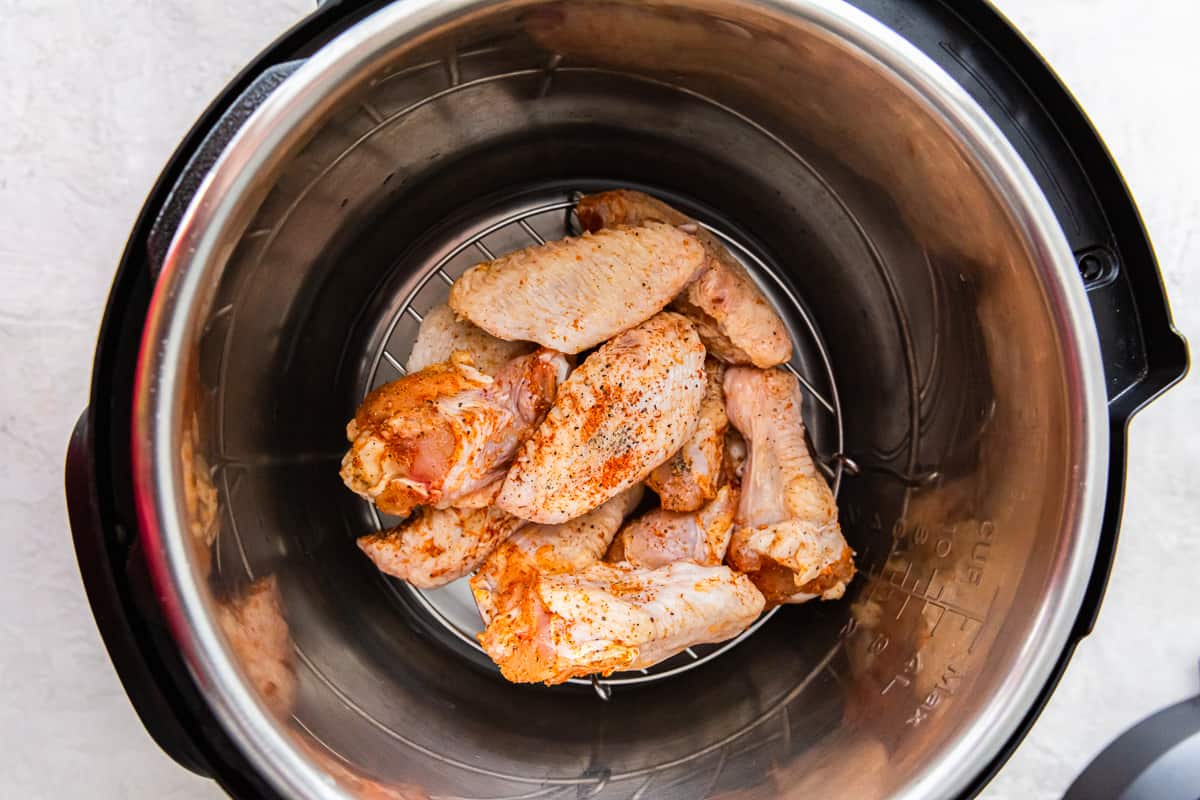
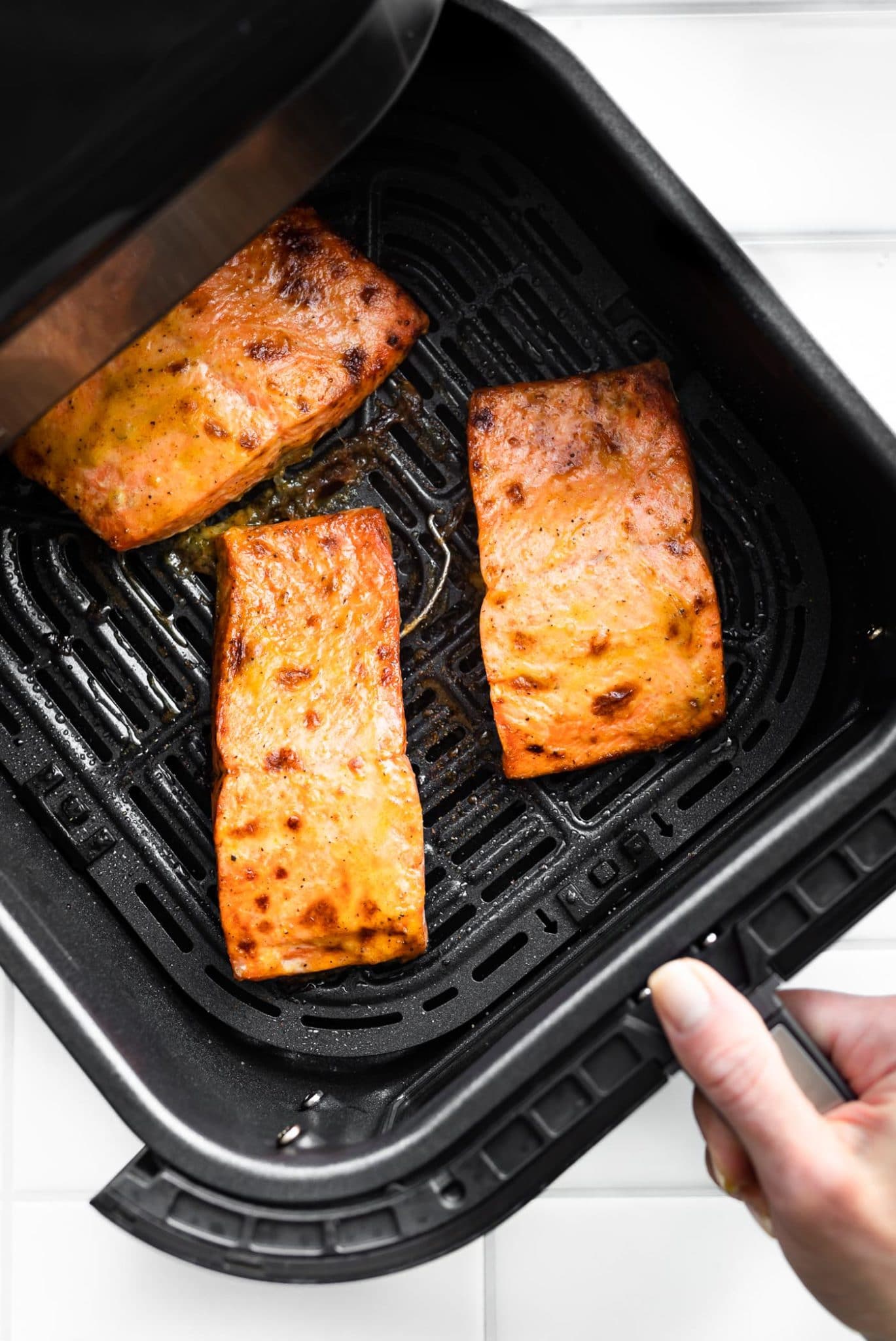

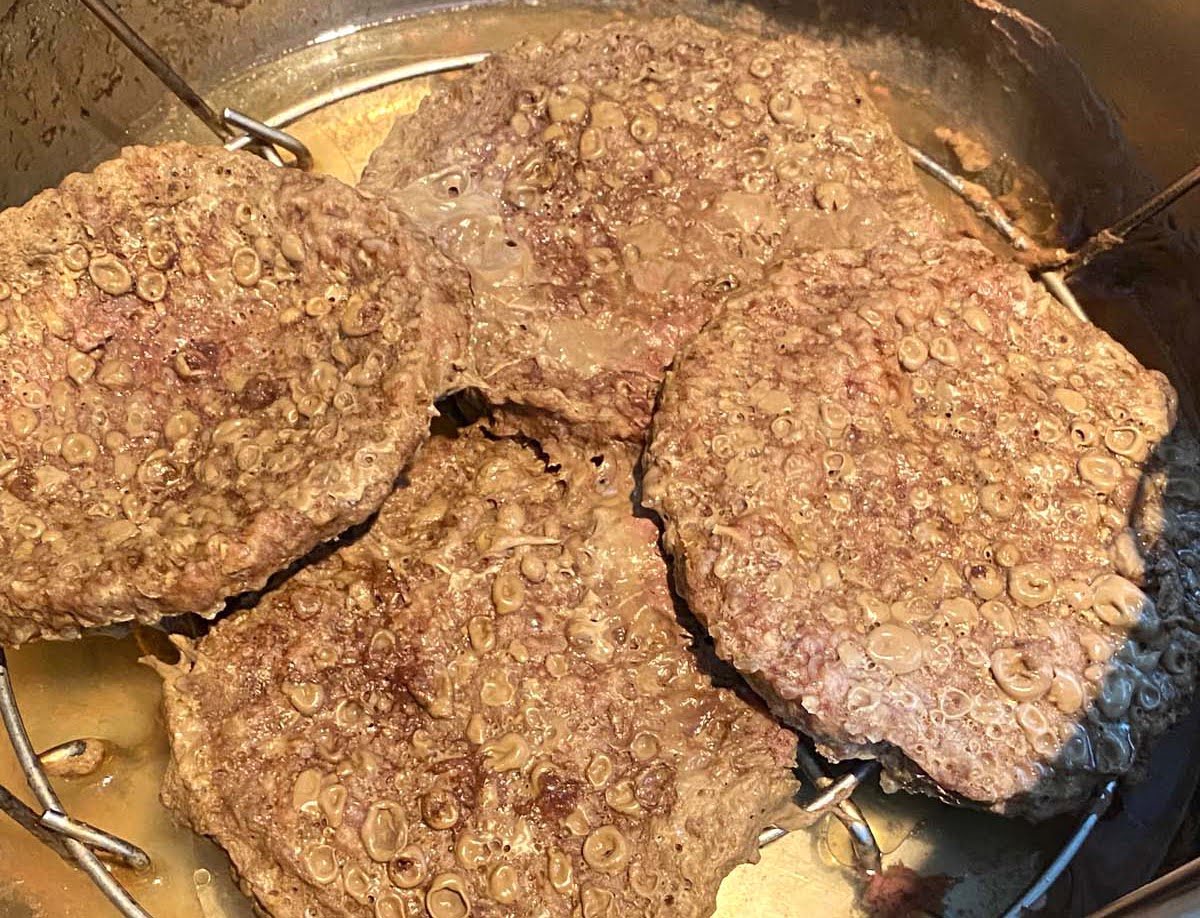
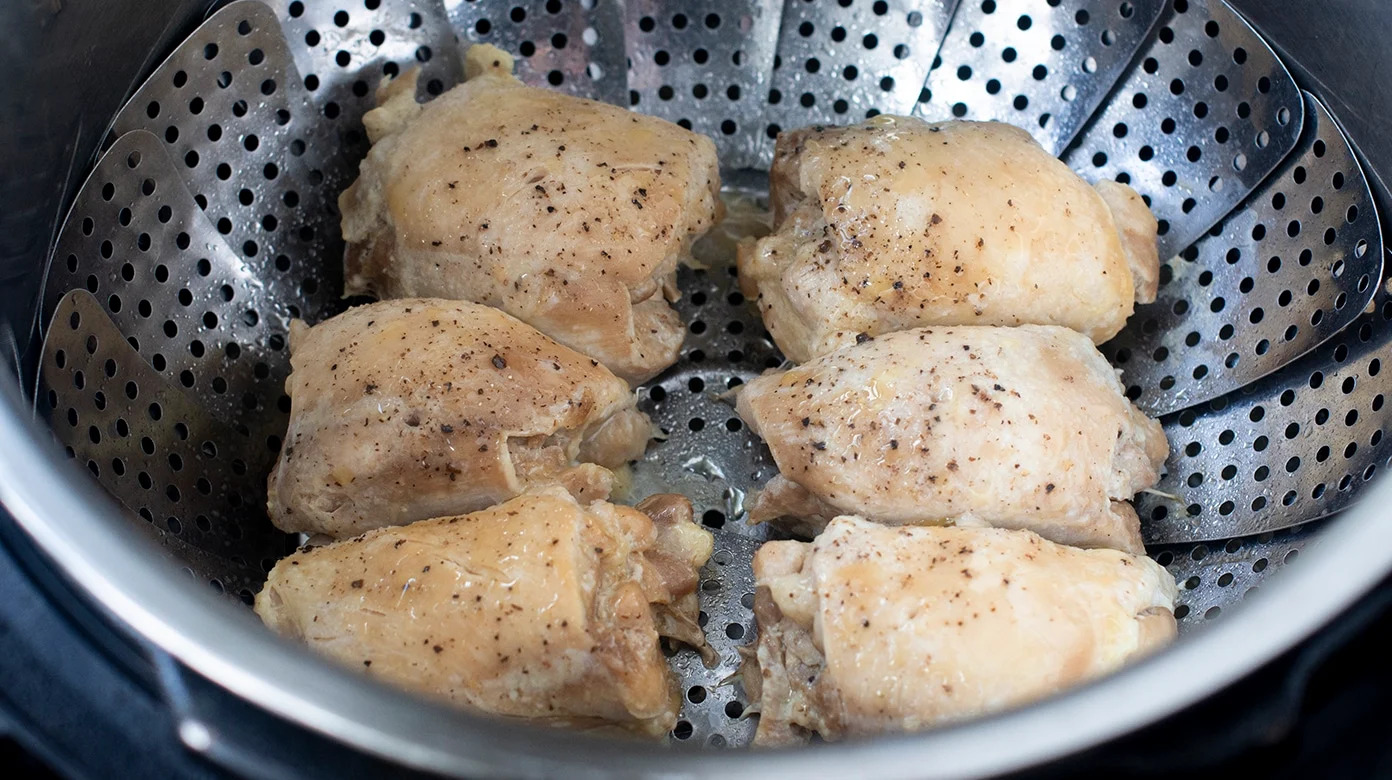
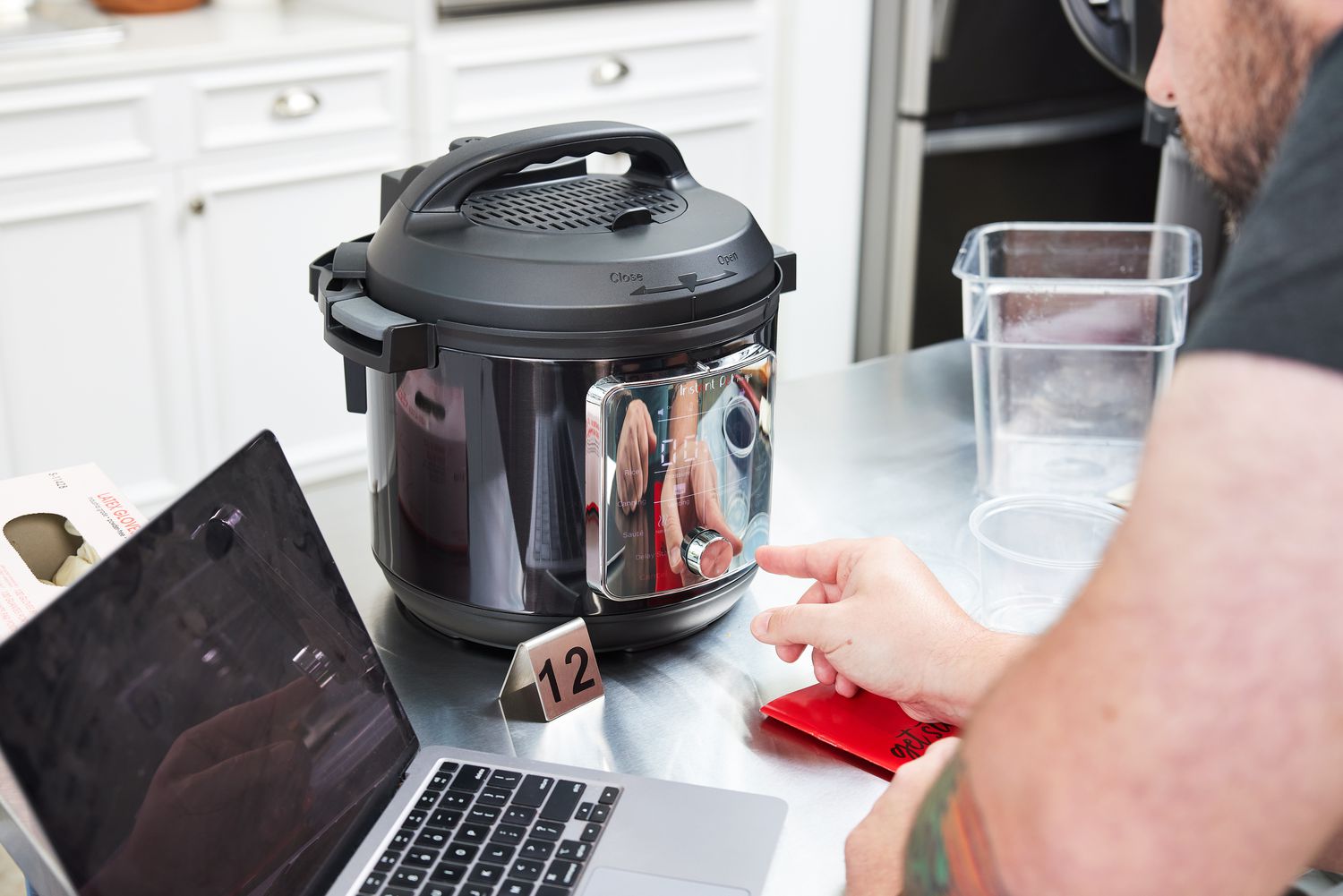
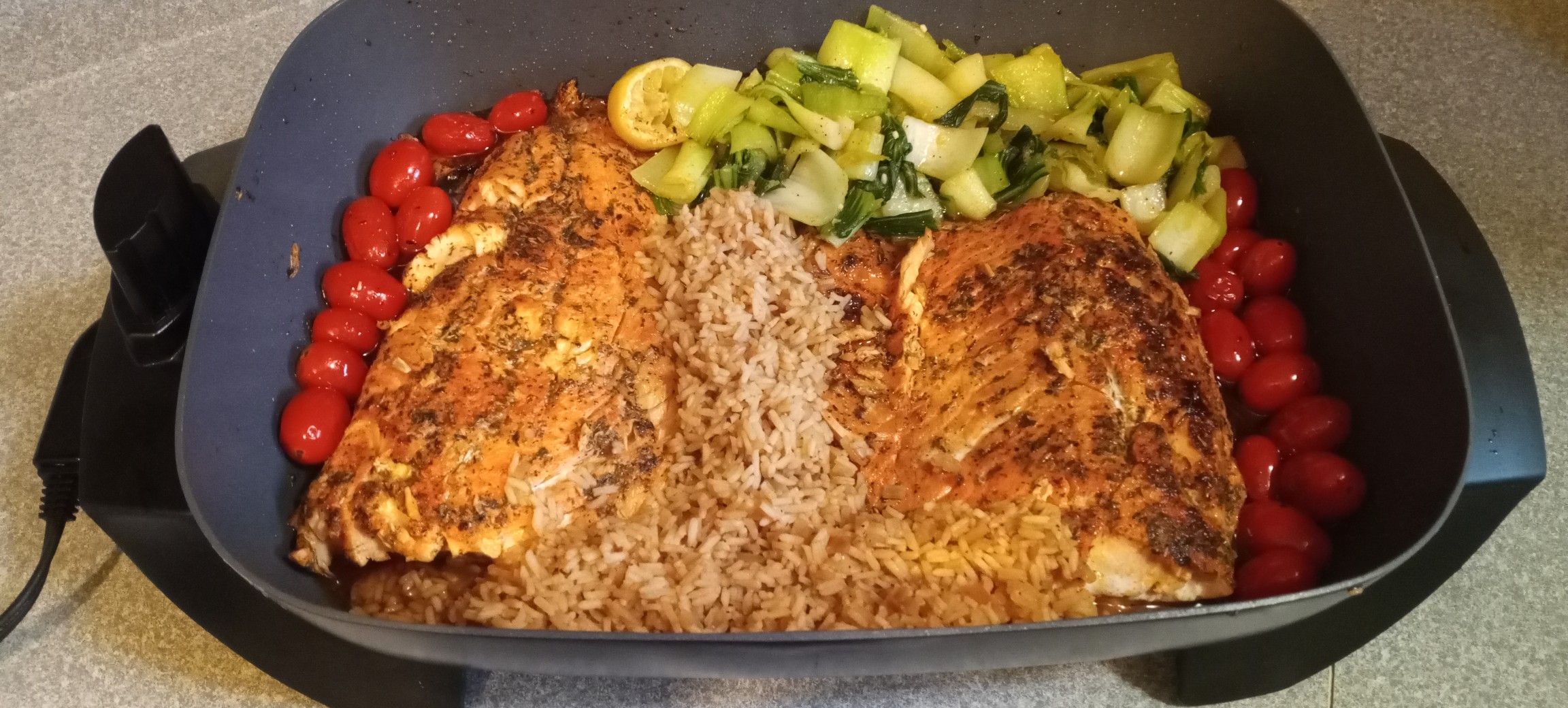
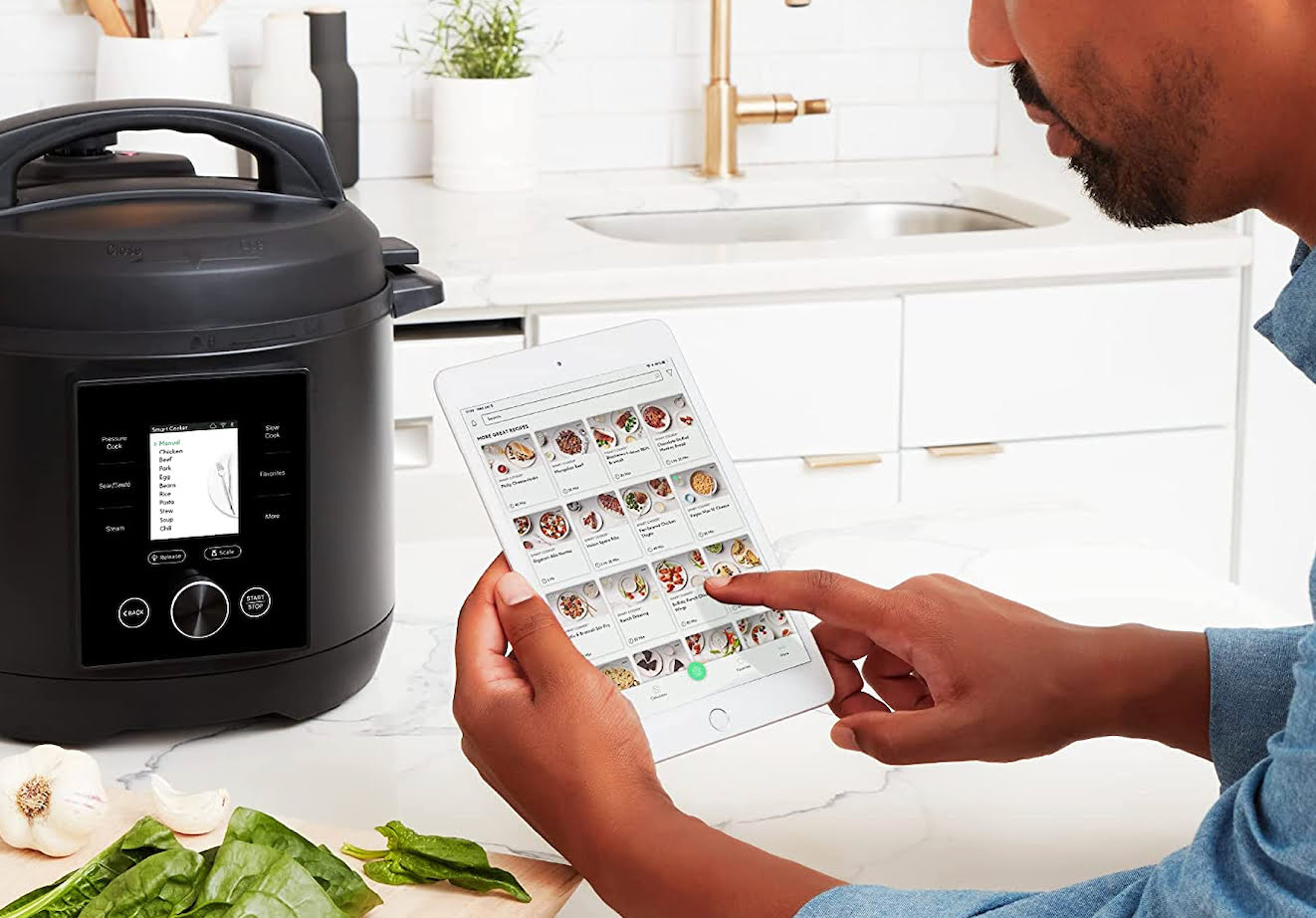
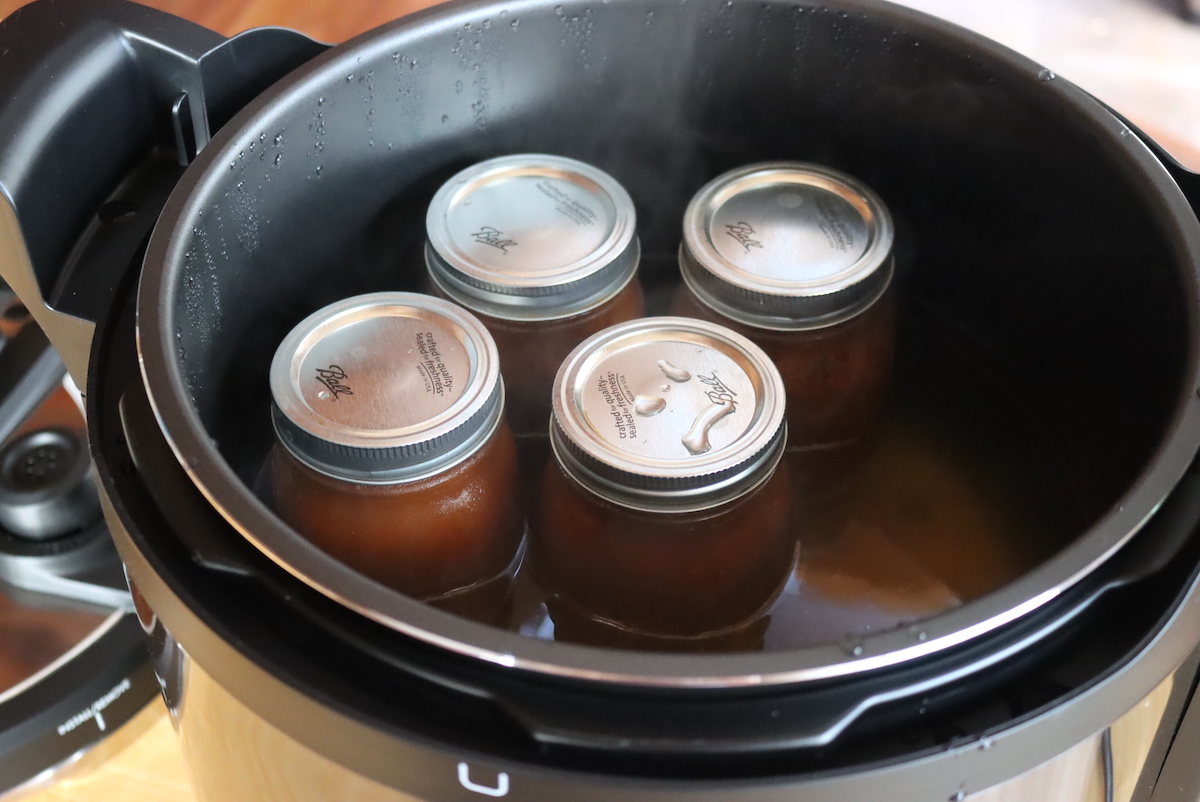
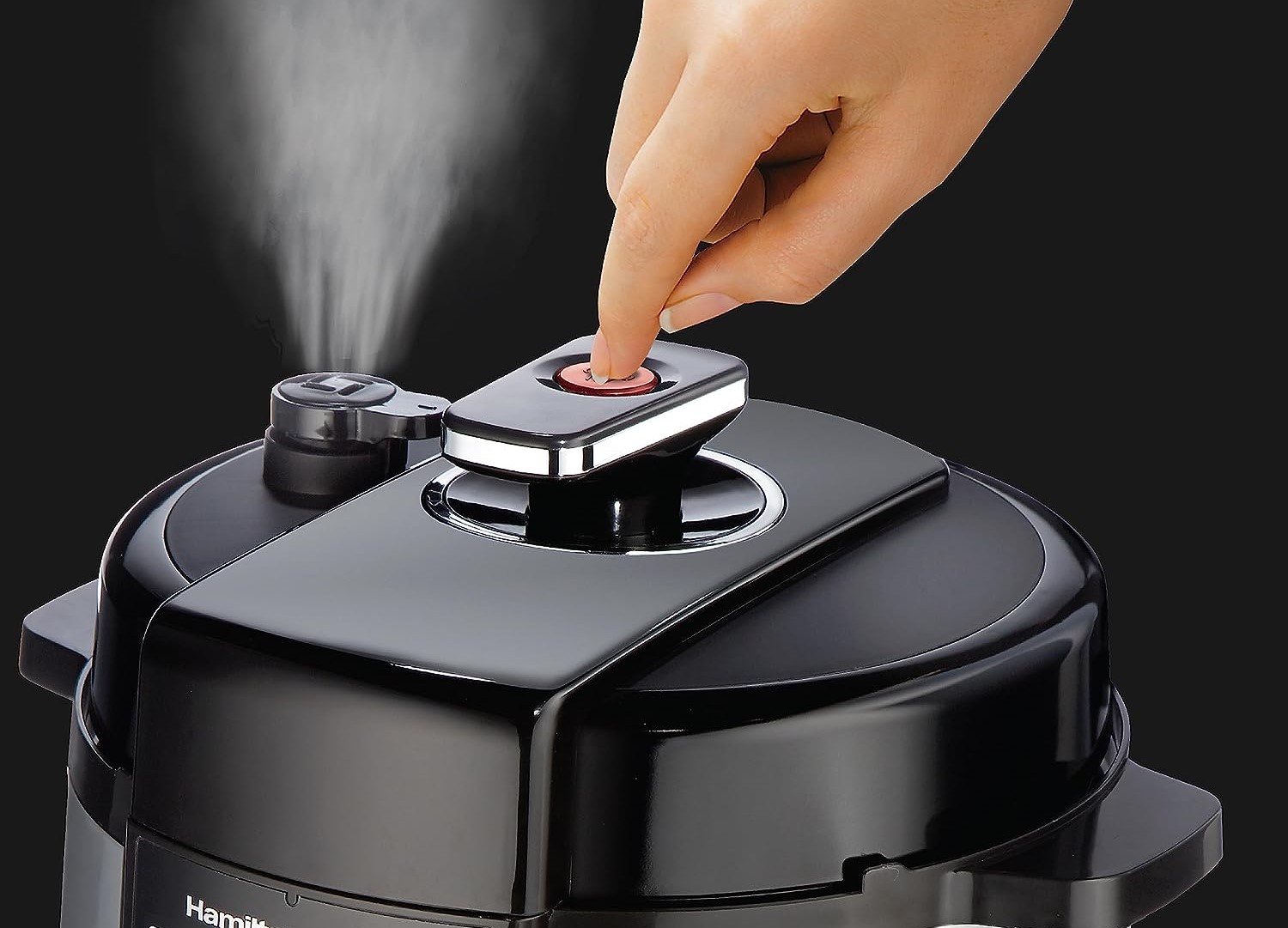
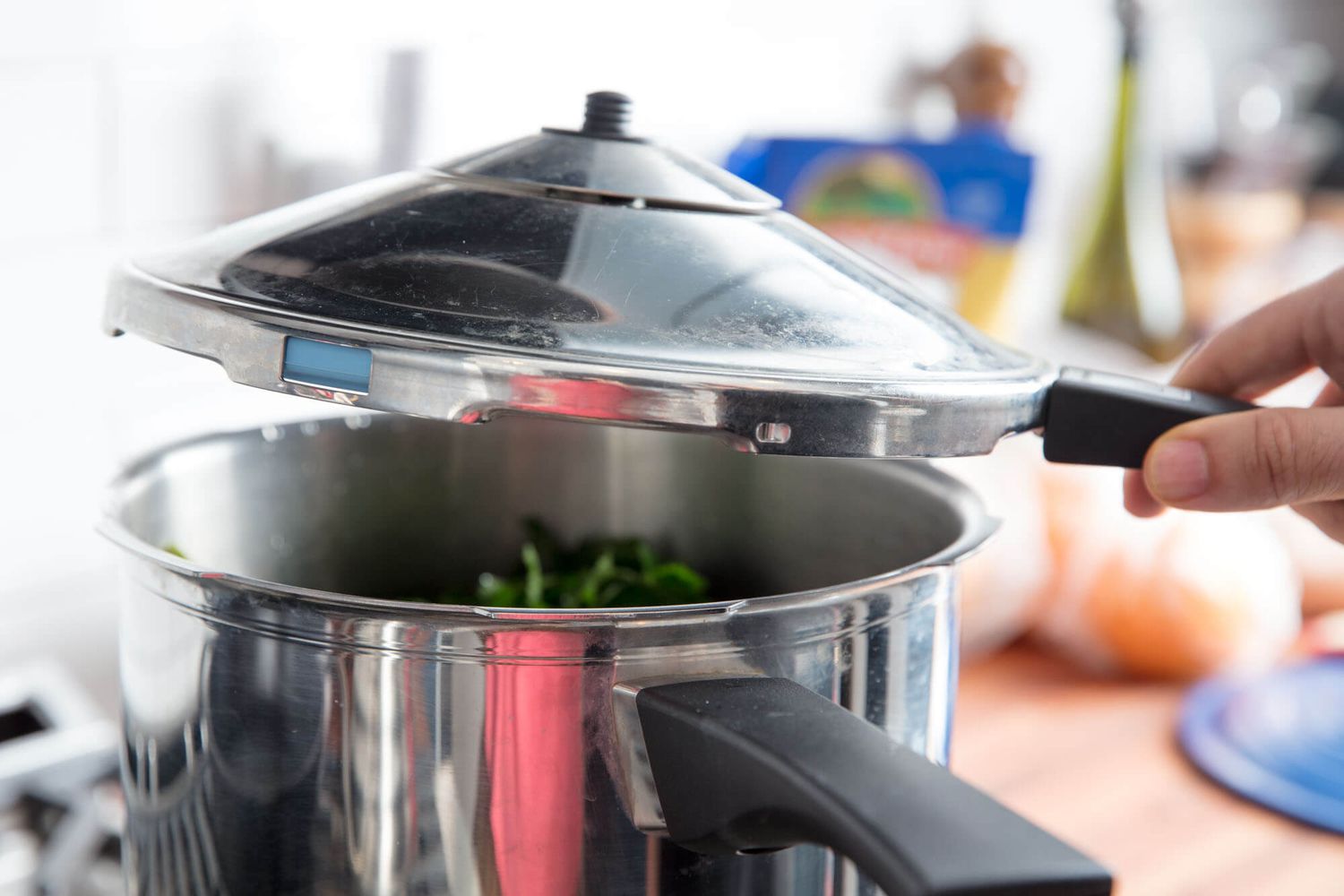
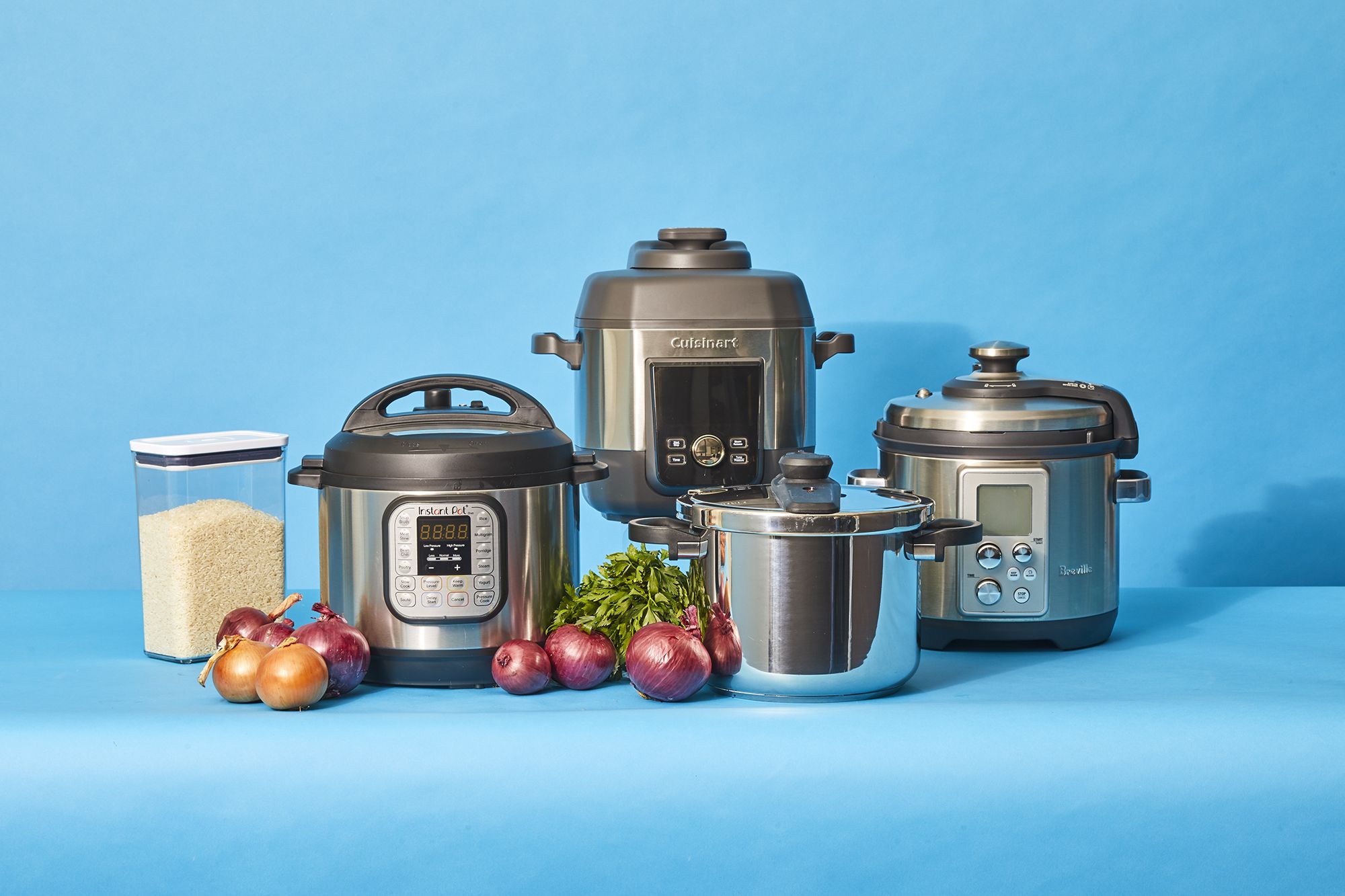
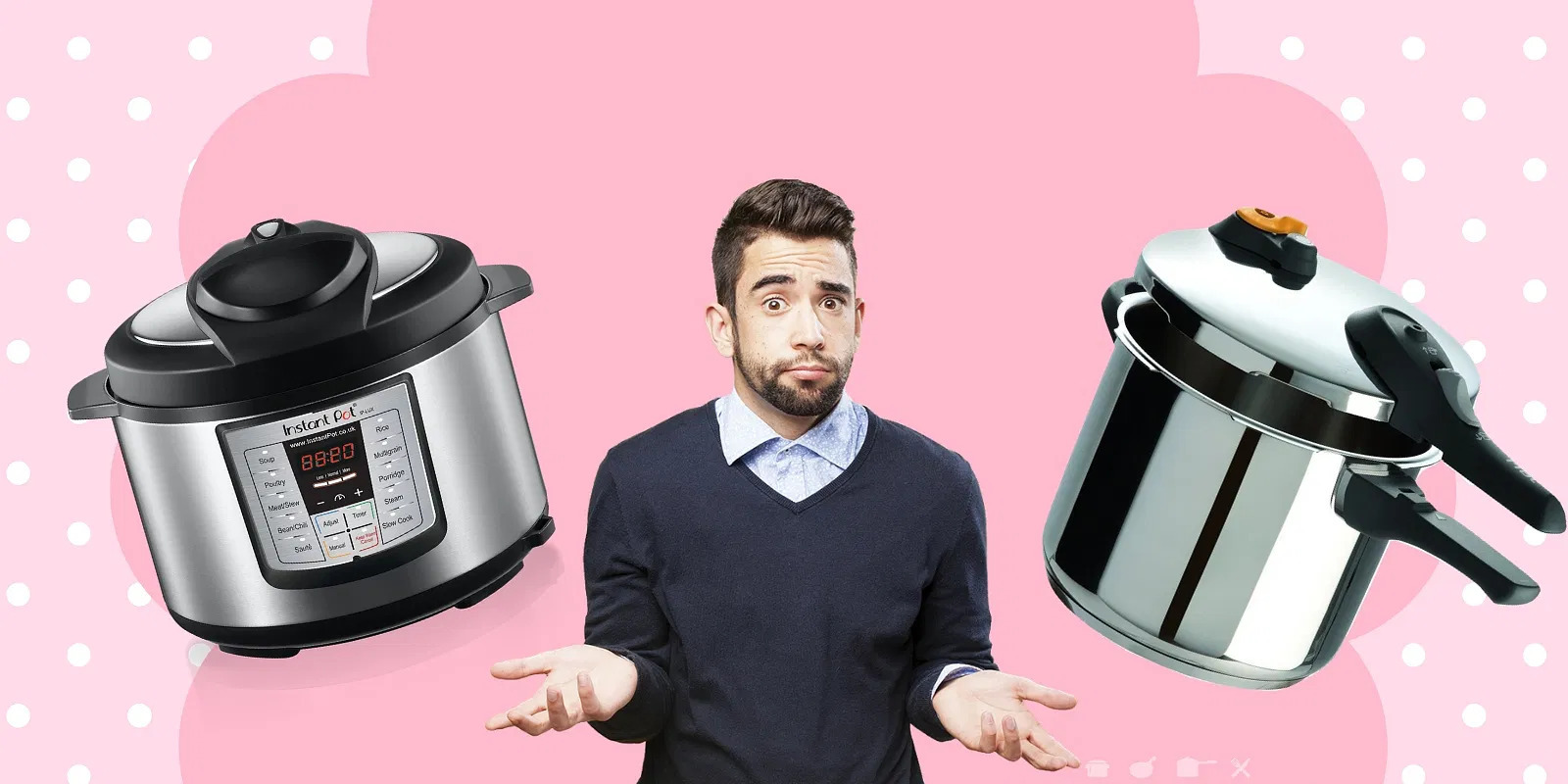

0 thoughts on “Youtube How To Cook Frozen Salmon In An Electric Pressure Cooker”